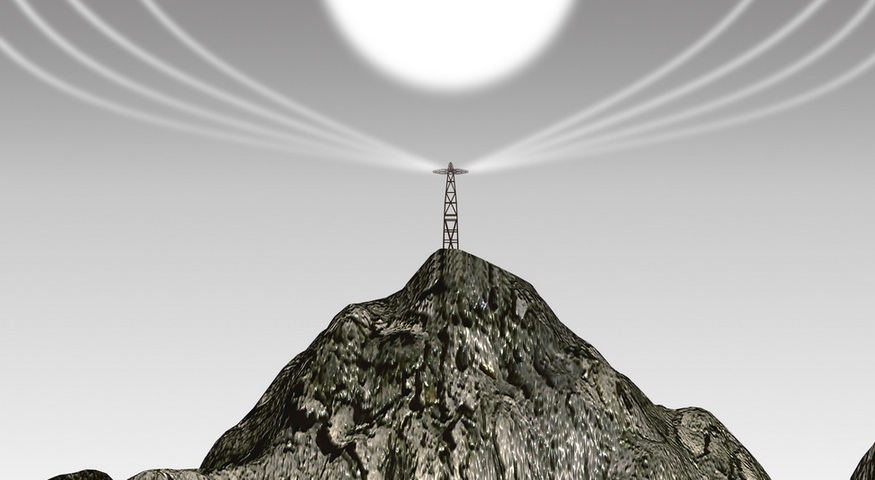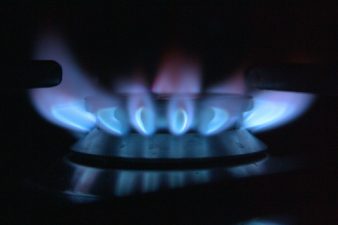Many species of birds are threatened by chemicals, alterations in their environment, aircraft, and electrocution. Larger birds, in particular, are more prone to suffering electrocution because their body size and wingspan exceed the phase-to-ground or phase-to-phase distance. When the wings touch the line or ground component, the body forms a path through which an electrical current can flow, leading to electrocution.
The region is located on the migratory route used by millions of birds twice a year between Europe, Africa, and Asia. The country also has almost 40 residents, migratory or rare visiting diurnal raptors, and nine species of owl. On their journey, these birds are using the power structures to perch, roost, or nest. By interacting with the electrical equipment, the avian population was also causing power outages. It was then an ecological and economical matter to find a solution to mitigate the possible interactions in this key territory.
In order to mitigate the risk, a protection plan was collectively developed by a utility in the region and the respective Parks Authority of the Ministry of Environment. A key Middle Eastern environmental NGO was also involved.
To get started the key stakeholders ran a 24-month study of the interactions of birds and high-risk overhead lines in the important bird areas of the region, to understand how birds were harmed by the powered equipment based on their habits. For example, the experts tried to understand where the problem commonly occurred and how often, and the species affected most.
Fixing the Problem
The study revealed key places where some birds were more likely to be electrocuted than others.
At first, the team focused on 22, 33 kV lines because the highest rates of electrocution were seen on these lines. By design, distribution lines and towers had relatively small clearances between phase to phase and phase to ground components and would readily benefit from an insulation solution.
Starting with the high-risk areas and then expanding into others, the local utility installed protective insulating covers from TE Connectivity on several thousand distribution towers all over the country. The insulation covers were selected by utility engineers after careful consideration. Including materials long-term durability under extreme temperature variances and harsh environments. Post-installation studies have shown that the poles which were retrofitted did not have any electrocutions again.
The team also acknowledged problems that were unique to the transmission towers. The transmission structures located near bodies of water were prone to pollution flashover as well as many electrocutions and collisions into wires. They required another insulation need.
The utility engineer determined that the products available did not fix the issue at hand. They eventually installed a combination of TE’s guano shields to divert guano away from the insulators and insulation installed on the live elements beneath provided cover and protection against pollution flashovers.
The utility involved also selected other wildlife power outage mitigation solutions offered by TE that have been in use all around the world for decades. It installed these elements in 1996 and there are still no signs of degradation to this day, notwithstanding the guano and coastal salt contamination, the high temperatures, and the UV exposure for more than 25 years of use.




